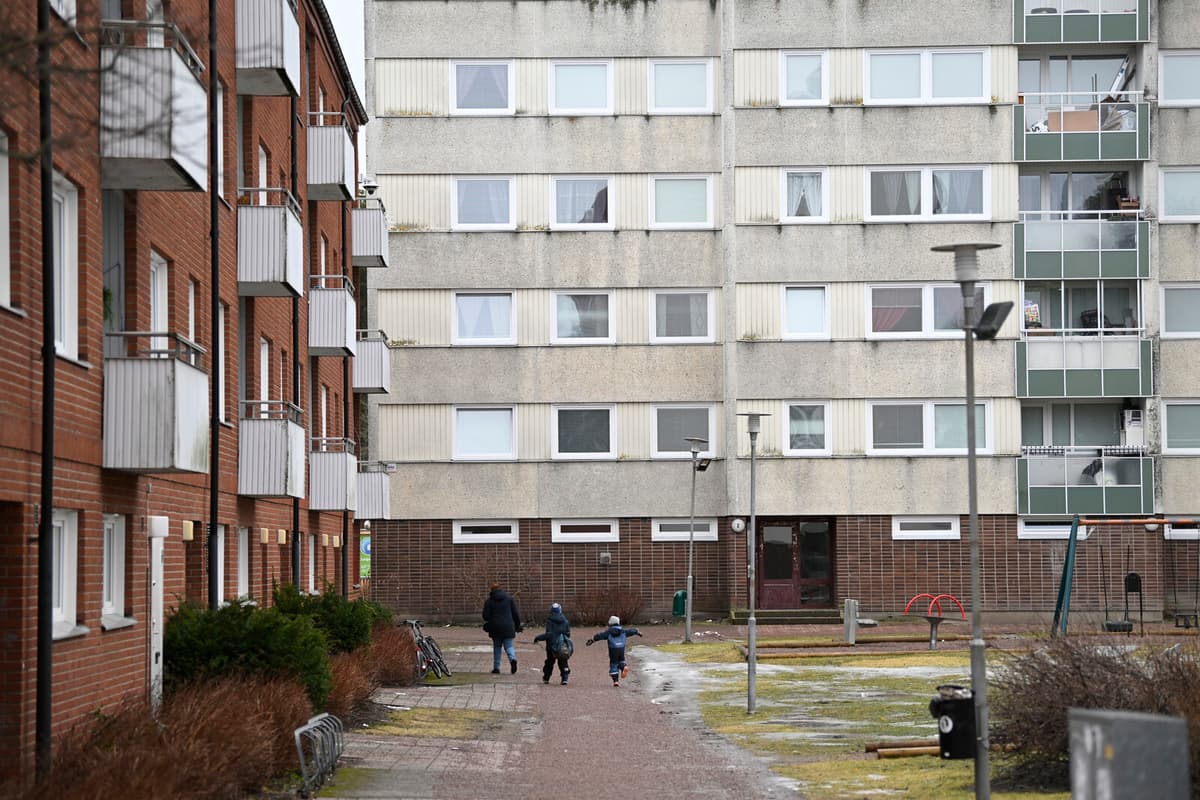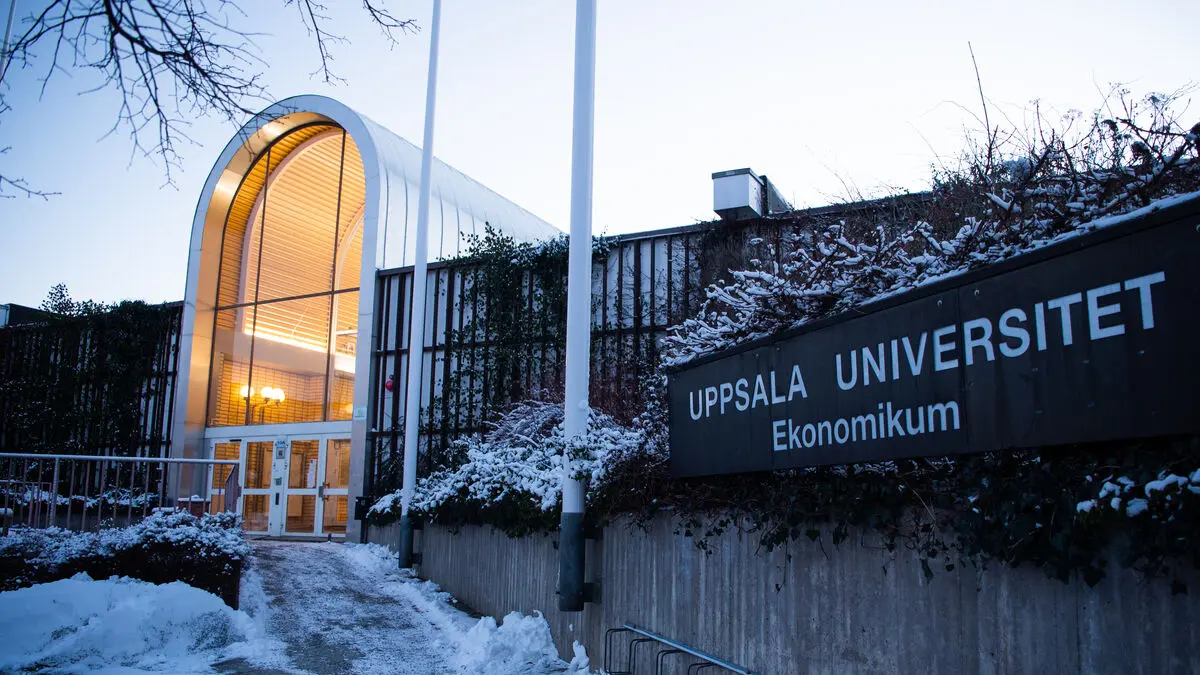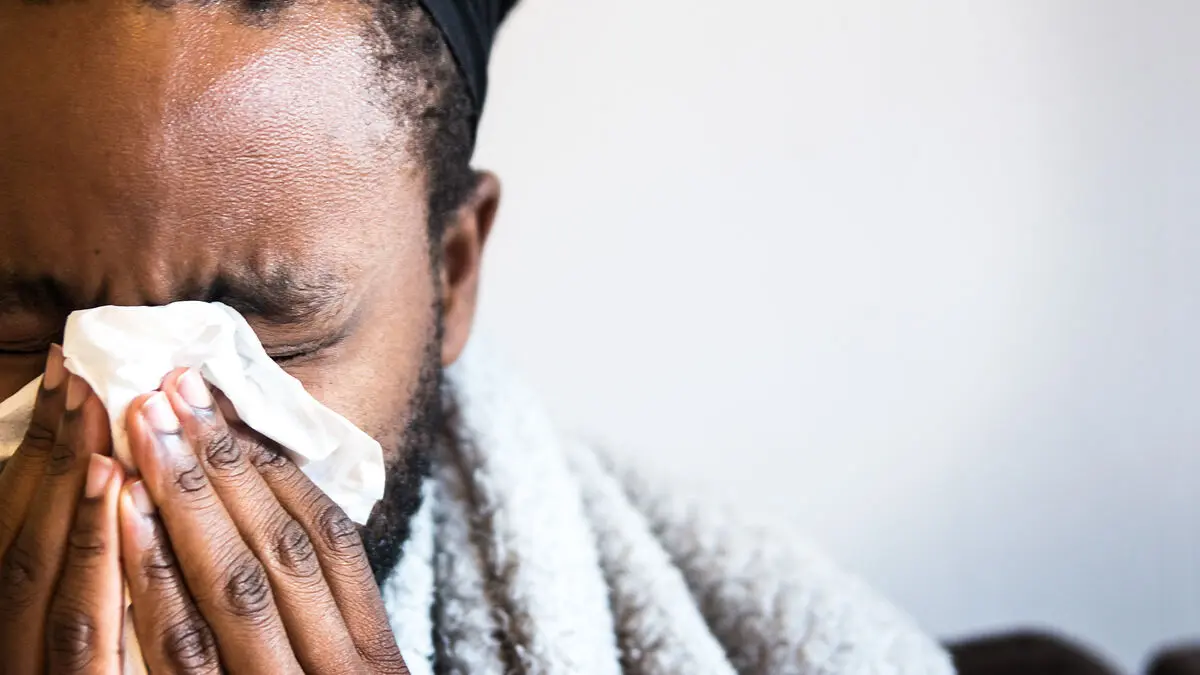In a new analysis, SCB and Boverket have examined the conditions, needs, and problems related to exclusion and identified areas where exclusion is particularly high. The assignment was given to SCB and Boverket in December 2023 and was presented on Wednesday to Integration Minister Mats Persson.
There has been a reluctance in Sweden to address these problems at all, and a tendency to sweep them under the carpet, but that's over now, says Mats Persson as he receives the final report.
The analysis was based on regional statistical areas and has identified 180 areas with a high combined problem profile. Approximately 710,000 people live in these areas, including 170,000 children. In 28 of these areas, the challenges are particularly great.
Conducting the analysis was no easy task. There is no established definition of exclusion, nor are there any set boundaries to work from, so we had to create them ourselves, says Magnus Jacobsson at Boverket.
Not just major cities
The analysis shows that a low proportion of native-born residents, a high proportion of people with only primary education, and a high proportion of single mothers increase the likelihood of an area having a high general problem profile.
We're now reforming integration policy to make it more needs-based. Knowledge makes it possible for the government to take more targeted measures, says Mats Persson.
He particularly emphasizes the need for efforts in the education sector to improve school results.
Danish solution not an option
In Denmark, a comprehensive transformation of vulnerable areas, known as "ghettos," has begun. Houses have been demolished, and people have been forced to move. This is something that the Sweden Democrats have advocated for in Sweden, but it's not a solution that Mats Persson believes in.
We want to see measures that have an impact on those living in these areas, not move people around, he says.
So what's your message to single mothers in a particularly vulnerable area?
That the government is now taking powerful measures to improve their lives through investments in education and increased security. We're doing this so that more people can feel a sense of belonging to society.
On behalf of the government, the police are continuously developing a national situation report on vulnerable areas.
Vulnerable areas are, according to the police definition, geographically defined areas with low socioeconomic status and where criminals have an impact on the local community.
The latest situation report showed 59 vulnerable areas.
Source: The Police Authority
The parameters analyzed by SCB and Boverket are:
Benefit dependency
Crime
Low democratic participation
Weak labor market establishment
Poor school results
Overcrowding
16 of the 180 areas have at least three problems and particularly great challenges in other areas. 28 areas have particularly great challenges with at least five of six problems.
Source: In-depth analysis of exclusion, final report government assignment 2024:2, SCB and Boverket





